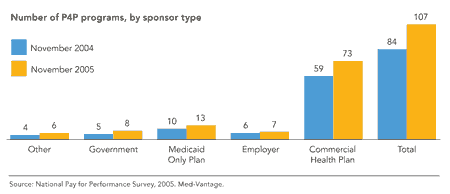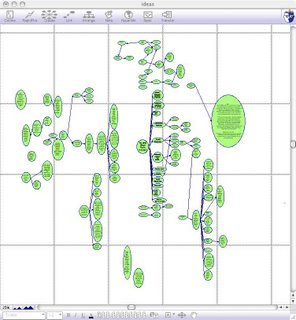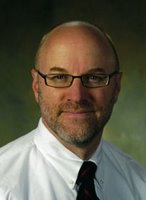
Art vs. Science, commerce vs. culture; call it what you will, but call it wrong. Jefferson Medical College is selling Thomas Eakins' painting of The Gross Clinic for $68 million dollars to a Wal-Mart heiress who will take it to Arkansas in 2009.
Isn't that a little like selling your soul to the devil? Couldn't Jeff issue bonds in the usual fashion and go into debt like any respectable university?
Says Bob Barchi (University President), "We're not a museum. We're not in the business of art education" and in two sentences betrays his failing grade on his Two Cultures book report , a crushing ignorance of the centrality of art to the human experience, and spins Jefferson's expansion as an Eakins rejection redux.
Heroic myth writ large (Homer) or small (Rocky Balboa, Luke Skywalker) inspires great things in real life, just as Eakins painting of Gross has inspired countless artists, physicians and patients. It is arguably Philadelphia's David. But Philadelphia is not Florence, and the Jefferson Board no Medici.
The sad irony is that Wal-Mart heiress Alice Walton is funding this on the backs of an uninsured and exploited workforce run by a corrupt management culture. She's never been held to account for her drunken driving or vehicular manslaughter of a pedestrian in 1989, but has instead been lauded by those who receive 'her' largess; she is, after all, one of the largest individual sources of contributions to 527 groups.
Since 9/11 I've thought plenty, if shallowly, about the symbolism of our built environment and possessions generally. Can you put a fence around Independence hall without destroying what it stands for? Can destruction of the Buddha's destroy Buddhism? Of course not. Similarly, Jefferson's sale will not destroy the university. But the sale and announcement (Federal holiday Friday afternoon - can you san PR graveyard?) does reveal the price of its values.
As an alum I suppose I thought they were worth more. Sigh.


